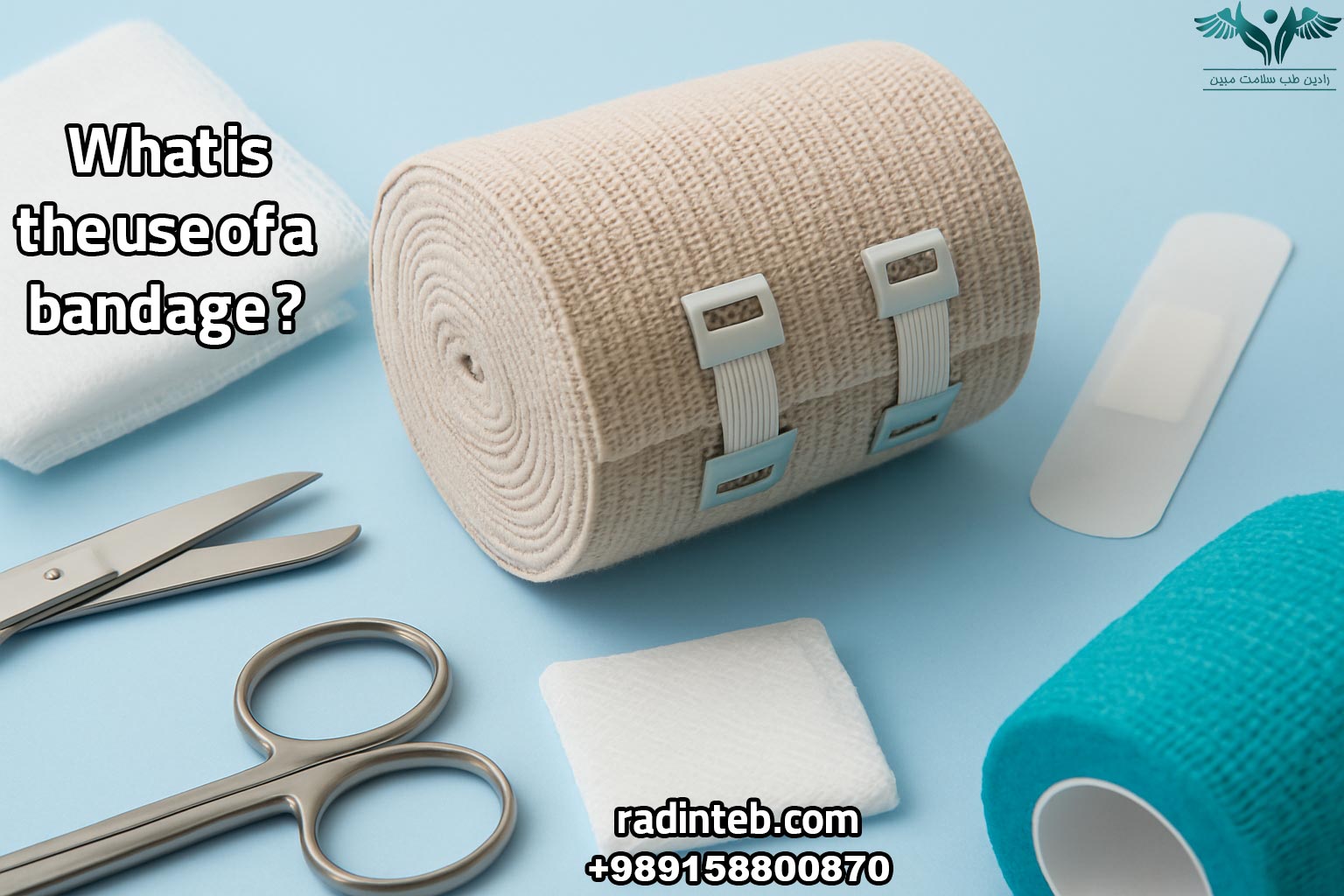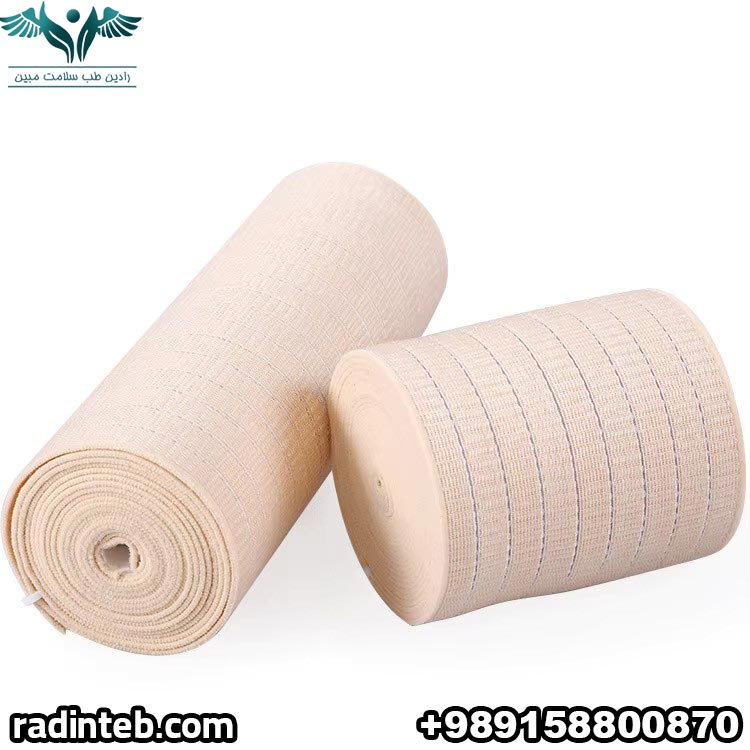
What Types of Injuries Require Elastic Bandages?
Introduction
Choosing the right bandage plays a crucial role in both clinical and home care. Among the available options, the elastic bandage stands out due to its flexibility and support capabilities. It helps secure dressings, reduce swelling, and stabilize joints. But what types of injuries actually require an elastic bandage? Let’s explore the most common use cases and benefits.
What Is an Elastic Bandage?
An elastic bandage is a stretchable medical wrap made from cotton, polyester, or latex blends. It comes in various widths and lengths, with types such as self-adhesive, clip-fastened, or hook-and-loop designs. These bandages apply adjustable compression and can adapt to the shape of the body, making them highly effective in injury management.
Common Uses of Elastic Bandages
1. Joint Sprains (e.g., ankle or wrist)
Elastic bandages provide compression and stability, which reduces swelling and helps protect the injured joint during recovery.
2. Muscle Strains
When muscles are overstretched, applying an elastic bandage reduces inflammation and supports healing by limiting movement.
3. Mild Bleeding Control
They serve as a secondary dressing to apply gentle pressure over sterile gauze, helping to stop superficial bleeding.
4. Securing Dressings and Splints
Medical teams often use elastic wraps to hold gauze pads or splints in place without restricting circulation.
5. Managing Varicose Veins or Lymphedema
Specialized compression bandages help reduce swelling and improve blood flow in chronic conditions.

Tips for Proper Use
- Avoid wrapping too tightly. Always check fingers or toes for signs of numbness or discoloration.
- Choose the correct width based on the area of the body.
- Re-wrap the bandage every few hours to maintain consistent pressure.
- Make sure the skin underneath remains clean and dry to prevent irritation.
Radin Teb Elastic Bandages – Reliable and Comfortable
Radin Teb manufactures high-quality elastic bandages in various sizes, suitable for hospitals, clinics, and personal use. These bandages offer the perfect balance between compression and breathability. With hygienic packaging and consistent performance, they’re a smart choice for any medical supply kit.
Frequently Asked Questions (FAQ)
Can elastic bandages be reused?
Some models are washable and reusable. However, in clinical environments, single-use options are more hygienic and preferred.
Is it safe to use elastic bandages on open wounds?
Only if placed over a sterile dressing. Never apply elastic bandages directly to open wounds.
How long should I wear an elastic bandage after injury?
It depends on the injury. In most cases, wear it during waking hours for 1–3 days and remove it while sleeping unless advised otherwise.

